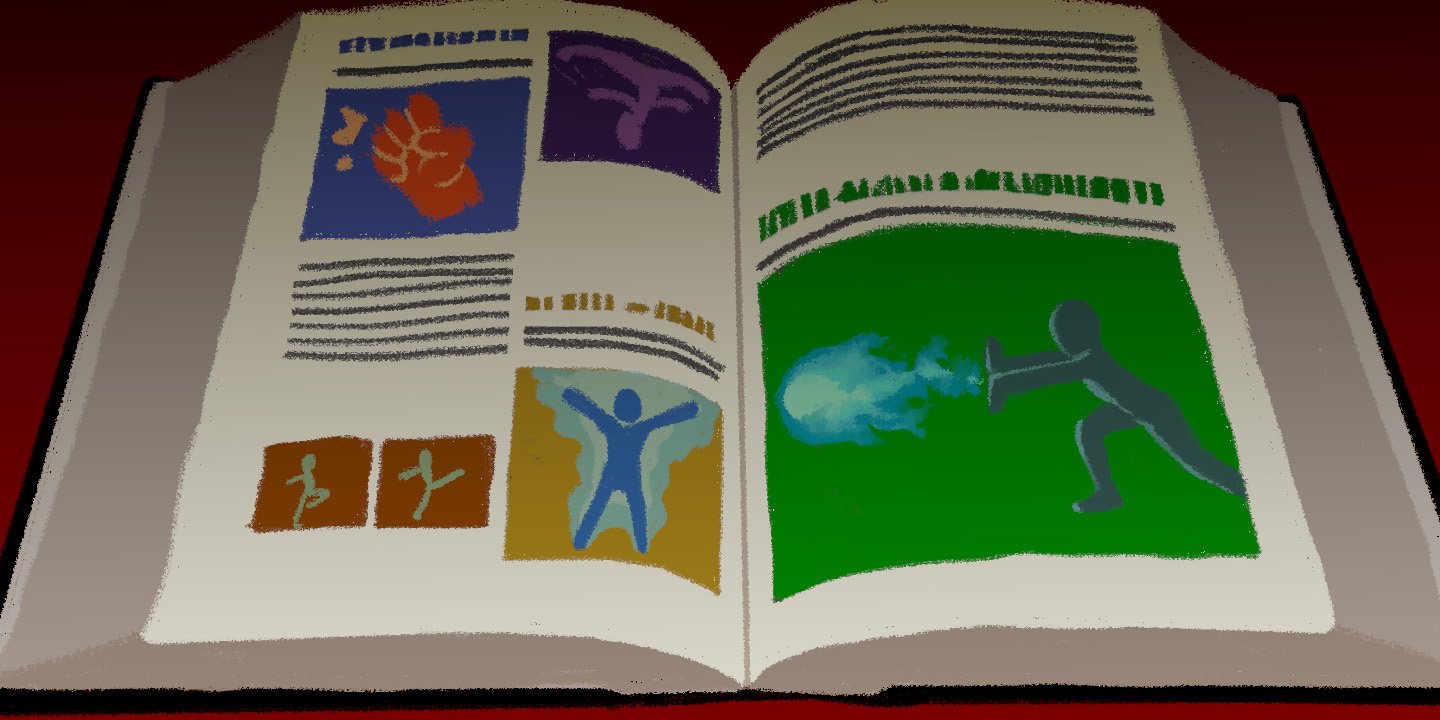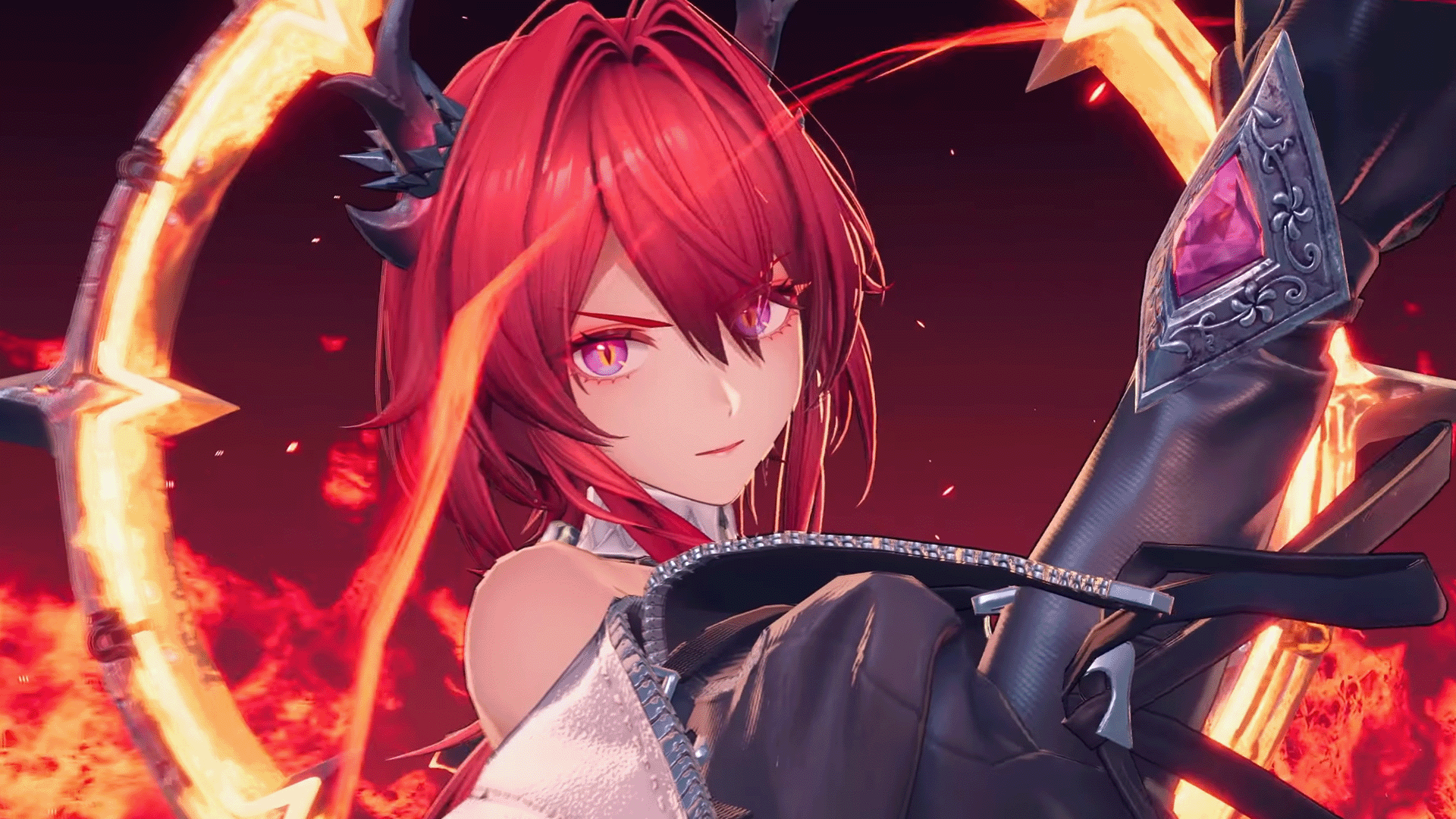Evo 2015 is just around the corner, which means pretty soon the world’s best fighting game players will be descending on Las Vegas for a weekend to celebrate the oldest esport known to mankind.
We love Evo. It’s one of our favorite events of the year, and it’s great to watch it grow every summer. But some of the terminology can be pretty dense. If you’re new to fighting games, you probably won’t understand a lot of things the commentators are saying, because that jargon often dates back to the early ‘90s. You know what a “grab” or a “block” is, but a 50/50 unpunishable mix up? Maybe you’re not as keen.
Don’t worry, we’ve got your back. Below, the Daily Dot has gathered some of the most common phrases in the fighting game dictionary. Read up on these definitions, and you’ll be plenty ready for Evo.
360
A complete circular motion of the joystick, often used to trigger the command throws of grappler characters.
50/50
An offensive move that can result in two different moves that can’t be defended at the same time, forcing your opponent to guess. (see mix up)
Air-to-Air
A mid-air move used to counter an opponent’s jump.
Anti-Air
A move with high priority that’s used to counter an opponent’s jumping attack.
Cancel
The act of cancelling the animation of one attack into the animation of another attack. The classic example would be in Street Fighter, where many characters can cancel special moves directly into their supers or ultras.
Charge
A style of command in which holding a particular directional input for a set amount of time is required before a move can be triggered.
Chip Damage
Damage dealt to an opponent on block. In certain fighting games, even if an opponent successfully defends a special move correctly, an extremely small damage will still be administered.
Crossup
An attack, often from the air, which forces an opponent to guess which direction they must block.
Dash
A quick movement towards or away from an opponent.
Dizzy
The state in which a character is stunned and rendered unable to act, allowing the opponent to attack as they please. It’s generally caused by the absorbing of a string of uninterrupted damage.
Dragon Punch
Forward, down, quarter-circle forward, punch. This is the input for Ryu’s uppercut in the Street Fighter series. Many, many characters have used the dragon punch input; it is now perhaps the most ubiquitous move in fighting game history.
EX
An input in many fighting games that has the player pressing two punch, or two kick buttons instead of a single one, resulting in an alternative, or powered-up, version of the move in question.
Footsies
The bread and butter of fighting game fundamentals, footsies is when characters stand outside of combo range and attack each other with quick, mid-range, “safe” offense. This requires a precise level of character control, which makes it a very spectator-friendly style of play.
Frame Data
The actual number of frames that each move takes up. Mastering frame data, and knowing which moves have priority when matched up against each other, is a pivotal part of high-level fighting game strategy.
Grappler
A character whose moveset is mostly based around close-range throws.
FADC
Focus Attack Dash Cancel. Specific to Street Fighter 4, this technique is used to cancel moves that would otherwise be unsafe.
Juggle
Hitting an opponent multiple times while they’re in the air, allowing the player to extend a combo.
Kara
A term for canceling the beginning of one move into another. For example, a kara-throw cancels an attack into a throw using the beginning animation of the canceled attack to extend the range of the throw.
Link
A combo achieved by “linking” together two attacking moves before the opponent is able to recover from being hit by the first. Often relies on very precise timing.
Meter
The various different resources in most fighting games that fill up over the course of a round, usually by dealing or taking damage. Meter is typically “burned” by executing EX attacks (see “EX”) combo breakers, or devastating, character specific combos (usually called a “super” or “ultra.”) Managing one’s meter is integral to fighting game superiority.
Mix up
A mix up refers to a combination that uses a number of different attacks (high, low, overhead, throw,) which a require specific defenses to guard against. Certain mix ups can be exceptionally difficult to block, which makes them one of the foundational strategies in fighting games.
Negative edge
Commands reliant on the release of inputs, rather than pressing them.
OTG
“Off the ground”—this refers to an attack that can connect onto an opponent who’s been knocked down, often to continue the combo that put them there to begin with.
Poke
A quick offensive move that aims to hit the opponent at the maximum range the attack allows. This is used to create distance, counter offense, and deal consistent, low-risk damage.
Reversal
An attack launched on the first frame in which a character has recovered from a state in which they were unable to act.
Rushdown
A highly aggressive style of play based around relentlessly pressing the offensive.
Safe
Usually used as an adjective, a “safe attack” means that the move in question can’t be punished on block, which basically means you can’t be countered and comboed if your opponent defends correctly.
Shoto
A specific type of character molded off the Ryu and Ken Street Fighter archtypes. Shoto characters can be found in many different fighting games, and come equipped with a fireball, an uppercut, and a spinning kick.
ST
Super Turbo, an abbreviation for the greatest fighting game ever developed.
Trade
When opposing characters simultaneously land attacks on one another, it is considered a “trade.” One character will often get the better of the exchange depending on the exact maneuvers involved.
Unblockable
An attack that can’t be blocked, even if the player is ostensibly defending in the correct way.
Vortex
A situation in which a grounded opponent is ambiguously attacked and forced to guess at how best to react. The offense of a “vortex character” is largely based around creating and taking advantage of these situations.
Wakeup
An attack executed by a character during the frames that they’re standing up from the ground. Wakeup attacks are usually invincible, and necessary to keep some cheese at bay. The trademark example would Ken and Ryu’s wakeup shoryuken.
Yomi
Knowing what your opponent is going to do and reacting appropriately.
Zoning
A fighting style that keeps the opponent at bay using mid or long range attacks. Certain fighting game characters are known as “zoning characters,” and generally have an arsenal that punishes the opponent’s jumps or dashes.












Published: Jul 15, 2015 03:31 pm